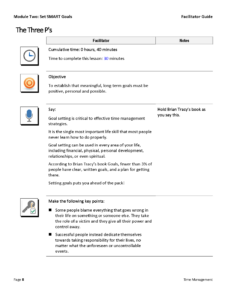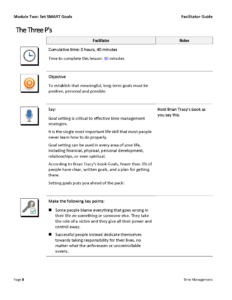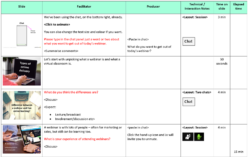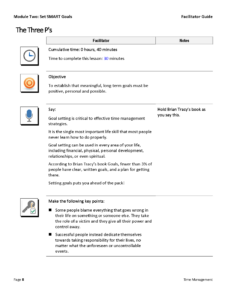Utilizing these frameworks offers significant advantages. They streamline preparation, reduce workload by providing pre-designed materials, and promote consistency across different sessions or facilitators. This consistency contributes to improved learning outcomes as participants experience a structured, predictable environment. Furthermore, such frameworks can be easily adapted and customized to suit specific audience needs or learning contexts, increasing their versatility and long-term value.
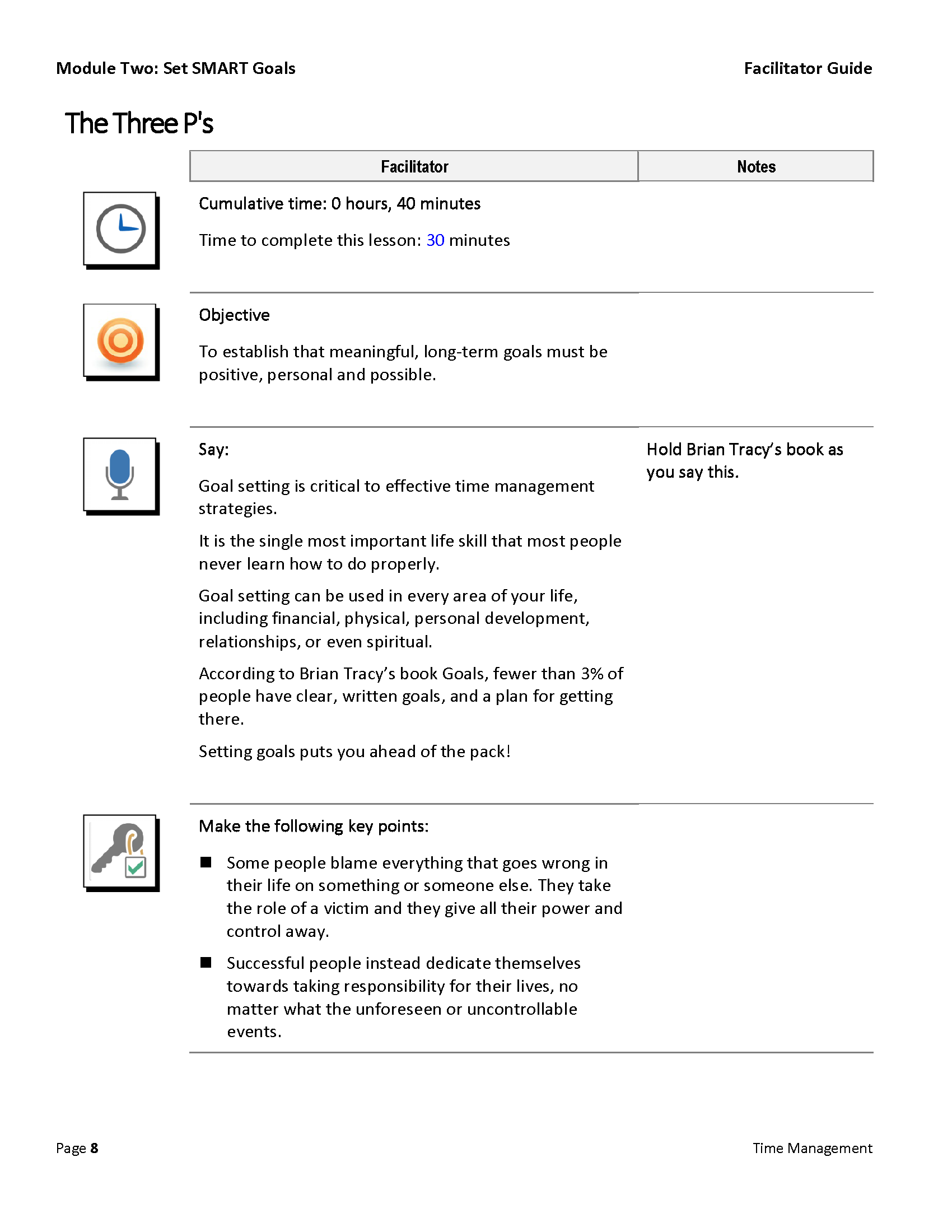
This foundation of organized, adaptable educational resources allows exploration of key topics related to training design and delivery. Areas such as effective learning strategies, adult learning principles, and assessment techniques can be examined with greater clarity and context, ultimately leading to more impactful learning experiences.
Key Components of Effective Training Guides
Well-structured training guides incorporate essential elements that contribute to successful learning experiences. These components provide a clear roadmap for facilitators and ensure consistency in content delivery.
1. Learning Objectives: Clearly defined learning outcomes specify what participants should know or be able to do after the session. Measurable objectives provide a benchmark for evaluating training effectiveness.
2. Session Outline: A detailed agenda outlines the flow of activities, time allocations, and key discussion points. This provides a structured framework for the session and keeps it on track.
3. Content Overview: A concise summary of the core concepts and topics covered in the training ensures alignment with learning objectives. This provides context and prepares participants for the material.
4. Activities and Exercises: Engaging activities and practical exercises reinforce learning and provide opportunities for application of new knowledge. Interactive elements encourage participation and enhance understanding.
5. Facilitator Notes: Guidance for facilitators, including tips for delivery, potential challenges, and suggested responses to participant questions, ensures smooth and effective facilitation.
6. Assessment Methods: Strategies for evaluating participant understanding, such as quizzes, exercises, or observations, provide insights into the effectiveness of the training and identify areas for improvement.
7. Resource Materials: Supplementary materials, including handouts, presentations, and links to further resources, enhance the learning experience and provide additional support for participants.
These core components work together to create a comprehensive and effective training guide, ensuring clear communication of learning objectives, consistent delivery, and a positive learning experience for all participants.
How to Create an Effective Training Guide
Developing a robust training guide requires careful planning and consideration of key components. A well-structured guide ensures clear communication of learning objectives, consistent delivery, and a positive learning experience.
1. Define Learning Objectives: Begin by clearly articulating the desired learning outcomes. Objectives should be specific, measurable, achievable, relevant, and time-bound (SMART). This provides a clear focus for the entire training program.
2. Develop a Session Outline: Create a detailed agenda outlining the flow of activities, time allocations, and key discussion points. This structure ensures the session stays on track and covers all essential material.
3. Outline Content: Provide a concise overview of the core concepts and topics covered. This offers context and prepares participants for the material, ensuring alignment with learning objectives.
4. Design Engaging Activities: Incorporate interactive exercises and activities that reinforce learning and encourage application of new knowledge. Practical application enhances understanding and retention.
5. Prepare Facilitator Notes: Include guidance for facilitators, offering tips for delivery, addressing potential challenges, and providing suggested responses to participant questions. This ensures smooth and consistent facilitation.
6. Develop Assessment Methods: Outline strategies for evaluating participant understanding. Methods may include quizzes, exercises, or observations. Assessment provides insights into training effectiveness.
7. Compile Resource Materials: Gather supplementary materials such as handouts, presentations, and links to further resources. These enhance the learning experience and provide additional support.
8. Review and Refine: Conduct a thorough review of the completed guide to ensure clarity, accuracy, and completeness. Pilot testing with a small group can provide valuable feedback for refinement.
A comprehensive training guide, incorporating these elements, provides a strong foundation for effective knowledge transfer and skill development, leading to successful learning outcomes.
Providing structured frameworks for educational sessions represents a significant investment in consistent and effective knowledge transfer. These resources empower facilitators with comprehensive materials and guidance, leading to improved learning outcomes and a more standardized learning experience. From outlining clear learning objectives to incorporating engaging activities and robust assessment methods, a well-designed structure ensures that training sessions remain focused, impactful, and adaptable to various learning environments.
Organizations prioritizing effective training recognize the value of such frameworks in fostering consistent skill development and knowledge acquisition. By investing in these resources, institutions demonstrate a commitment to cultivating a well-trained workforce equipped to meet evolving challenges and contribute meaningfully to organizational success. The ongoing development and refinement of these crucial tools remains essential for maximizing the impact of training programs and ensuring their continued relevance in a dynamic learning landscape.
